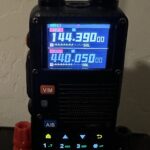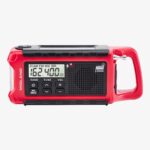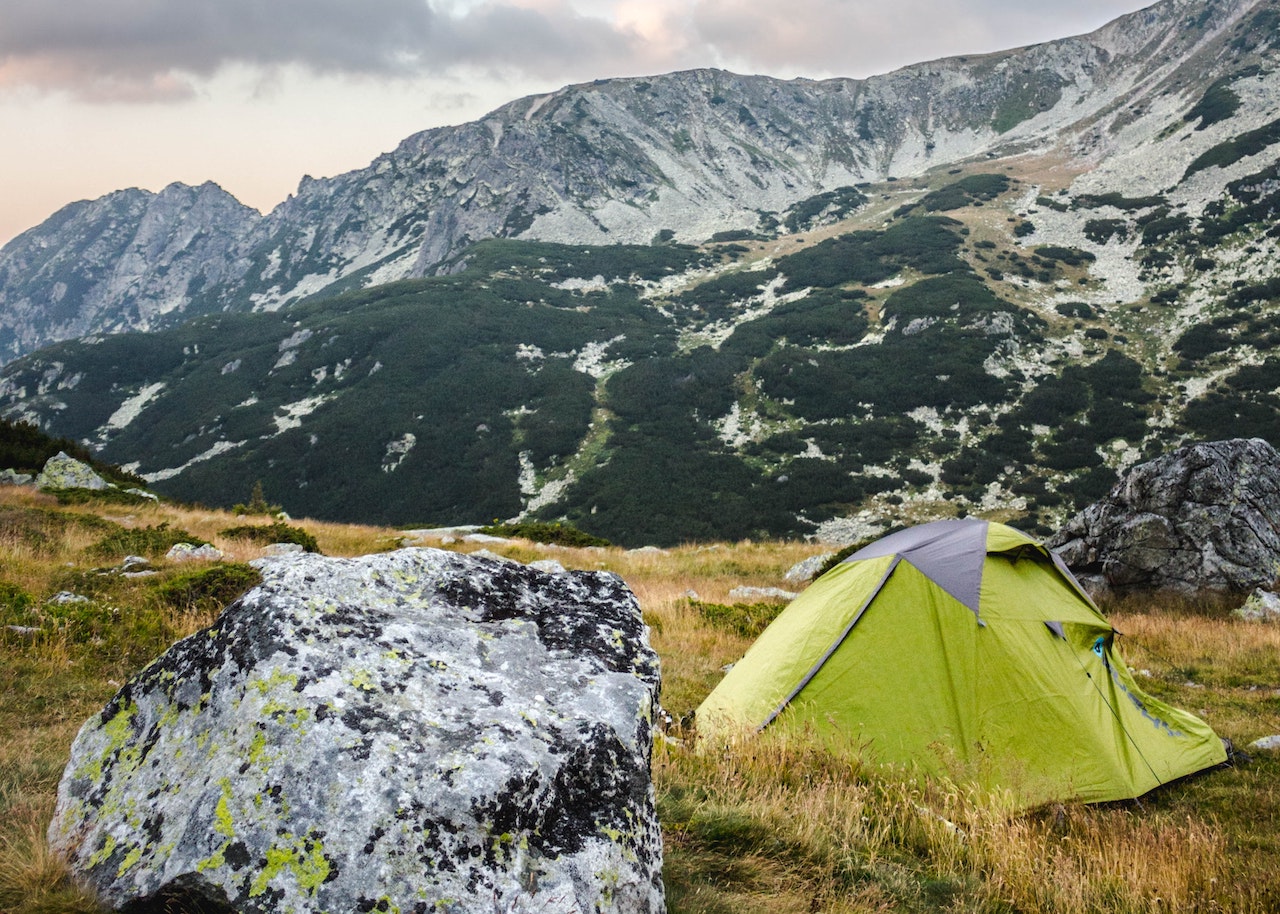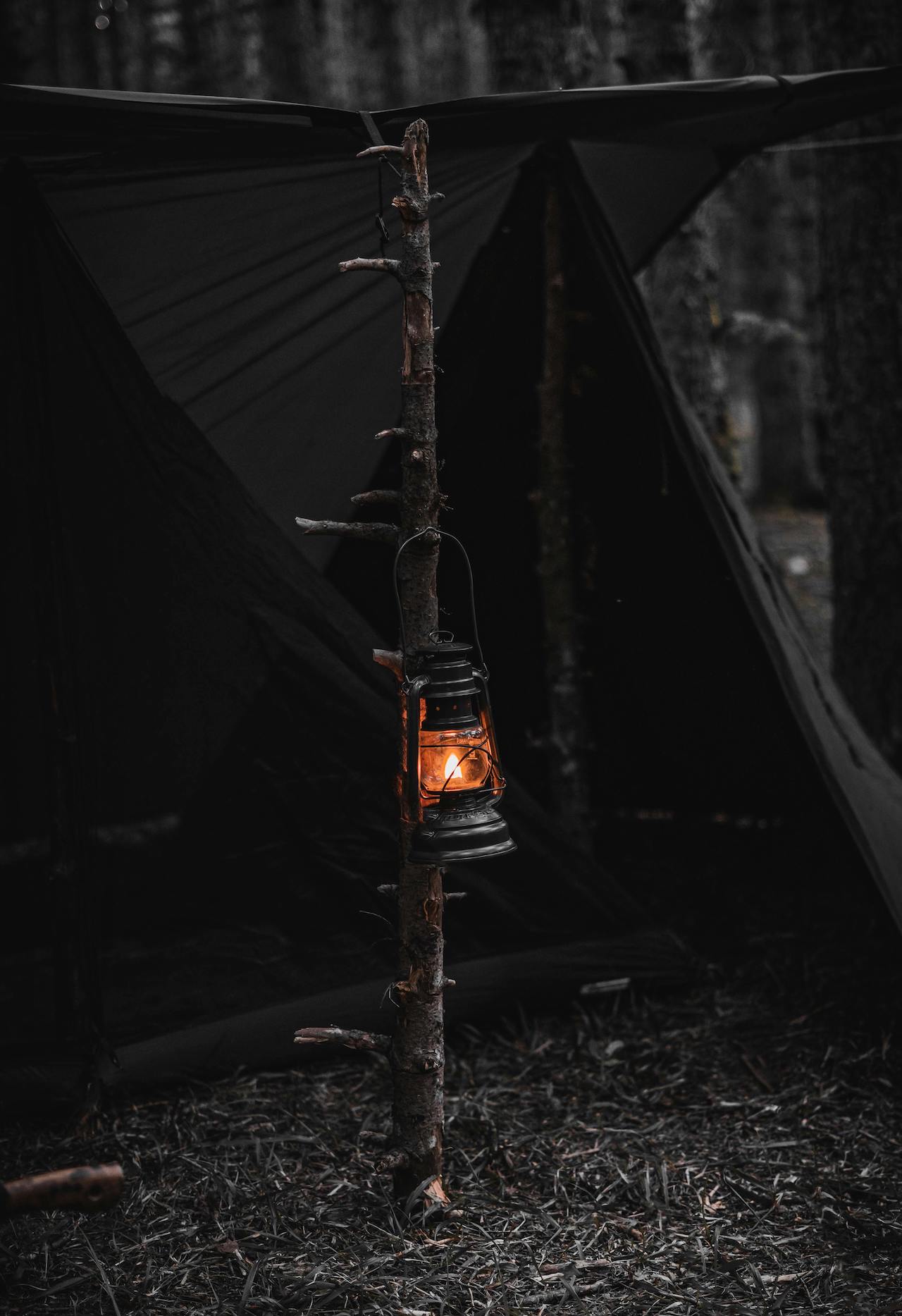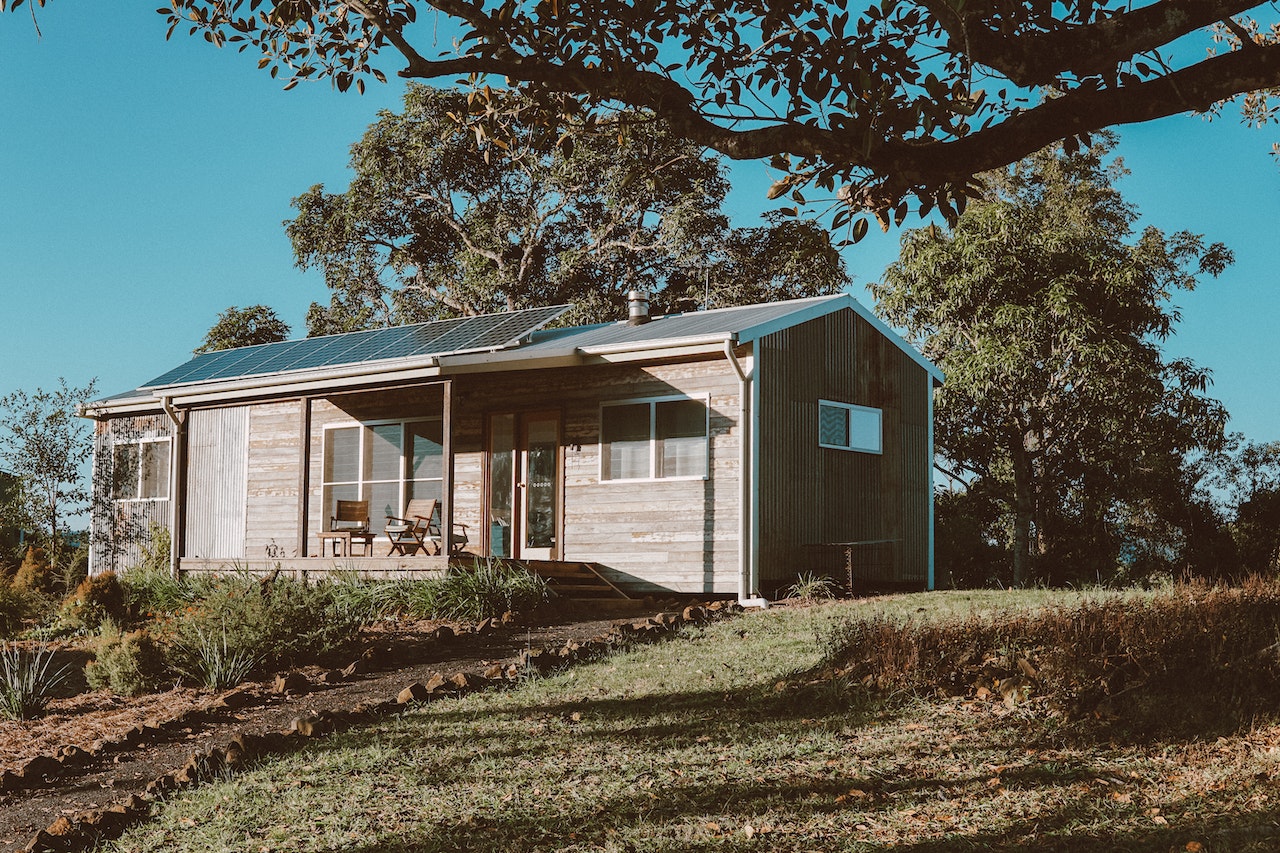Setting up your tent fast is a skill to be learned, practiced repeatedly, and practiced at least once every 3 months. Every time you set up your tent in the wilderness to practice, time yourself. Try to complete it in under 10 minutes, preferably under 5 minutes.
Here are the steps that I have used and worked well:
Step 1 – Identify the location
Identifying a good location is key. That identification process should include a flat surface where it doesn’t divot so if it rains the water doesn’t pool underneath the tent. It should also not have any roots or rocks around the area where your tent will be placed. Clear off any leaves, twigs and other natural debris so you have a clear spot to lay the footprint.
Step 2 – Inventory
You should have the following:
- Tent
- Rainfly
- Tent footprint
- Tent poles
- Stakes
- Guylines
- Hammer or something to hammer the stakes
Step 3 – Lay down the footprint
Lay down the footprint and make sure that there is not an incline. If there is an incline, note which side is lower than the other and place the footprint in a way that the higher side will be where your head will be. Otherwise, blood will rush to your head while you’re sleeping. What if you couldn’t find a spot without a divot? I create a small trench/channel about 2 inches away from the rainfly on all sides, creating a downward slope from the rainfly to the small channel. It doesn’t have to be that deep, maybe a 2 to 3 inches deep and about 4 inches wide. Also if it is going downhill in one of the sides, extend a trench in that corner so the water filling in the trench can drain away from the tent. This worked well in Oregon and Washington when I camped and it rained the entire time after setting up the tent. It dumped but never drenched the footprint.
Step 4 – Lay down the tent
Lay down the tent over the footprint and remember which side is higher on the footprint in the event it is not quite flat. Remember that your head should be on the higher side.
Step 5 – Assemble and prepare the tent poles
Assemble the tent poles per the manufacturer’s instructions and be prepared to attach the poles to the tent.
Step 6 – Attach the tent poles to the tent
Based on the manufacturer’s instructions, place the tent pole down on the tent and push through any sleeves or clips and attach the tent poles to the tent. For example, if there are 2 tent poles to setup the tent, push them through across like an X, but don’t push it into the grommets on the corners of the tent yet. Once the X is made then start with one corner, push the tent pole into the grommet, and the other end of the pole into the grommet at the opposite corner. Repeat with the other pole. If there is another set of poles for say entry support, push that through any sleeves and/or attach the clips to complete. Stake down any corners or areas of the tent per manufacturer’s instructions
Step 7 – Attach the rainfly
Cover the tent with the rainfly and pull the tabs with the grommets on the rain fly as far as it can stretch out. This is where you will place stakes into the ground with a hammer, mallet, or rock so you can attach the guylines to make sure that water doesn’t hit the tent.
Step 8 – Attach guylines to the rainfly
Where the stakes are placed, attach the guyline to the rainfly and to the stakes. Repeat until all the guylines are attached to both the rainfly and stakes. Then begin tightening the guylines. At this point the rainfly is over the tent and the rainfly fabric should be pulled away from the tent so if it rains, it will drip away from the tent in all directions.

